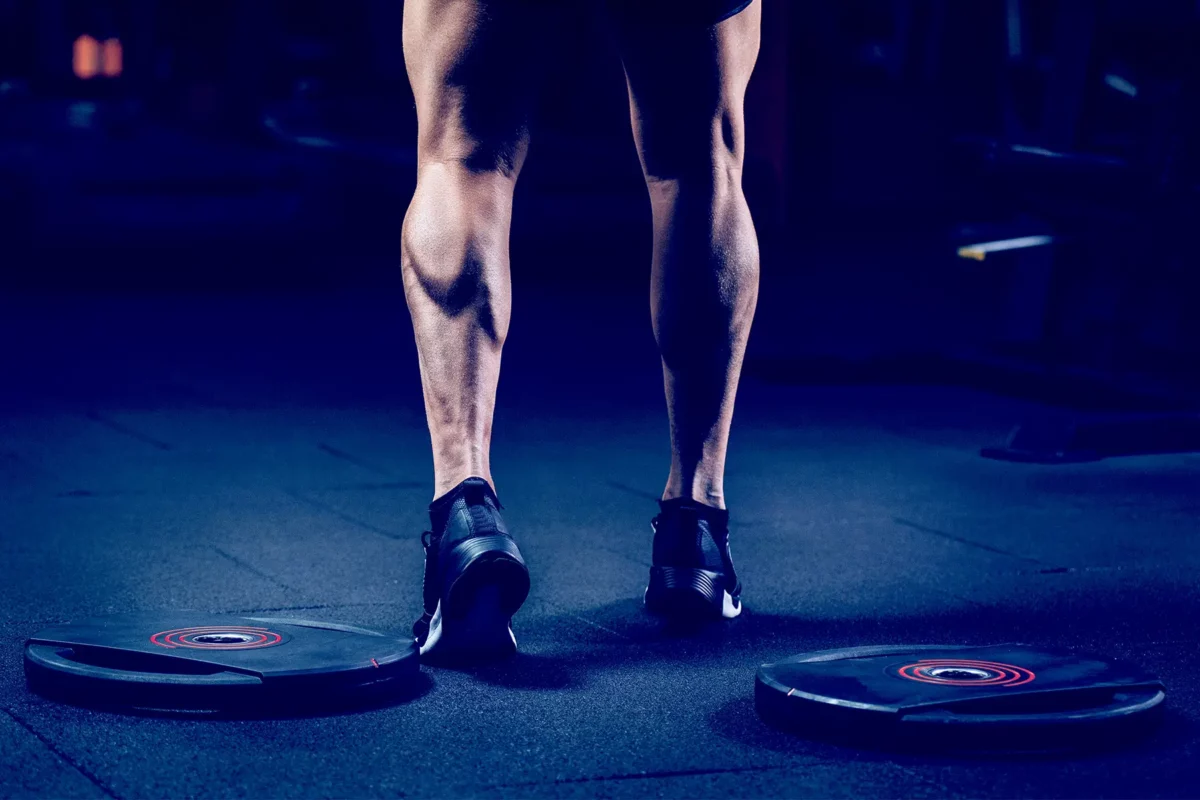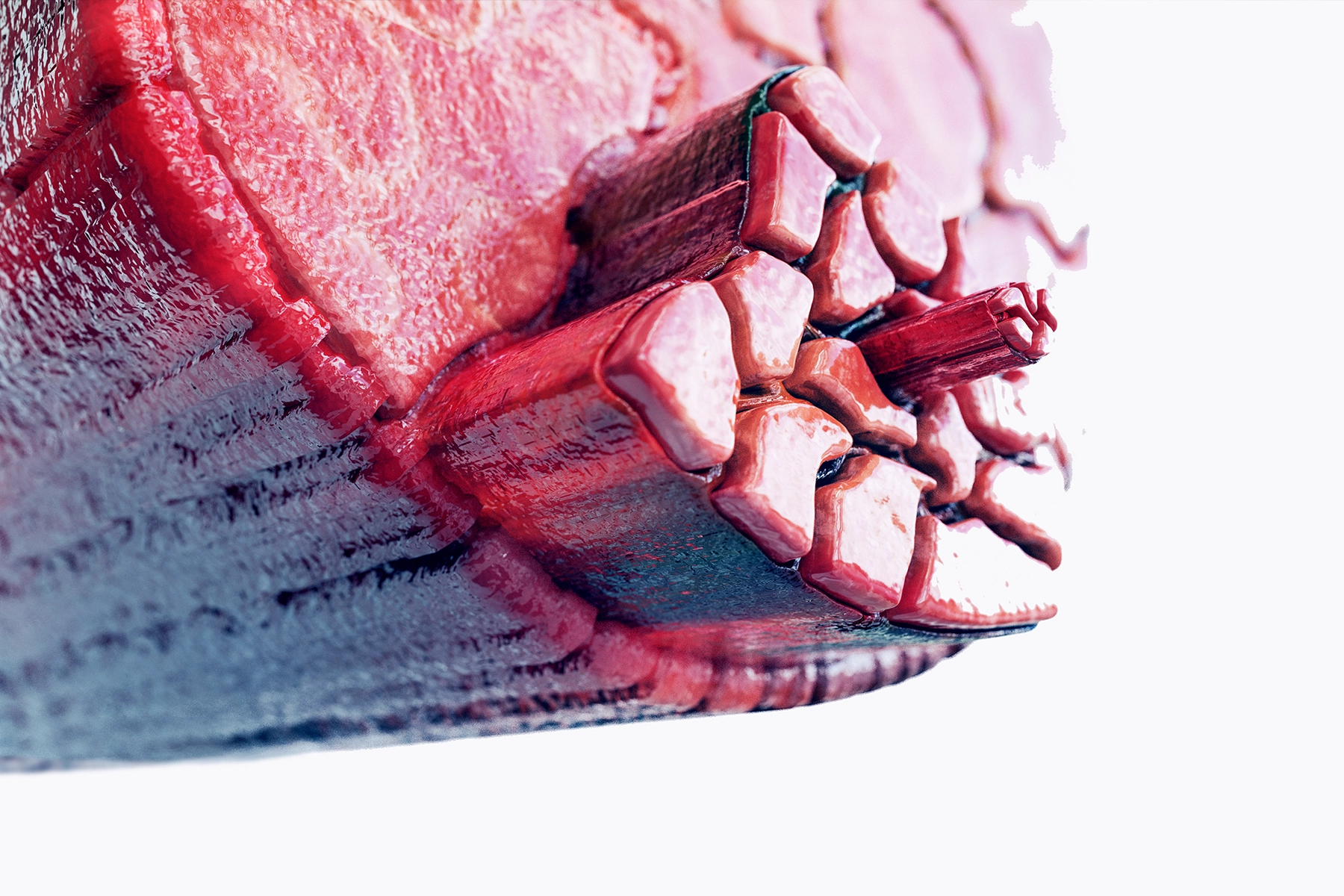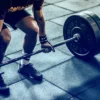Should light loads be used to maximize growth in muscles that are primarily composed of slow-twitch fibers?
Overview
- What did they test? This study examined the effects of heavy (6-10 RM) versus light (20-30 RM) loads on muscle growth and strength in calf muscles with different fiber type compositions in untrained young men.
- What did they find? Both heavy and light loads led to similar muscle growth in the soleus (primarily type I fibers) and gastrocnemius (similar percentage of type I and II fibers). Improvements in strength were also similar in response to heavy and light loading protocols.
- What does it mean for you? Muscle hypertrophy can be achieved across a wide range of loads, regardless of muscle fiber type composition, so long as the intensity of effort is sufficient. Both heavy (e.g., 6-10 RM) and light (e.g., 20-30 RM) resistance training can be effective for increasing muscle size and strength, and the choice of load selection can be determined by your specific training goals.
What’s the problem?
Traditionally, human skeletal muscle fibers have been classified as type I (slow-twitch) or type II (fast-twitch). A variety of methods have been used to classify muscle fibers and study their characteristics. Briefly, the predominant isoform of the myosin heavy chain protein contained within the contractile apparatus of a muscle fiber primarily influences its classification. Different isoforms of myosin hydrolyze ATP at different rates and this influences the shortening velocity and time to achieve peak tension upon muscle fiber recruitment. Generally speaking, type I fibers display slower rates to achieve peak tension but are more fatigue resistant. Type I fibers also tend to display greater mitochondrial densities, myoglobin, and capillary contents as compared to type II fibers. Type II fibers, on the other hand, can achieve higher shortening velocities, peak tension, and are less fatigue-resistant. That being said, we've learned that muscle fiber types exist more on a continuum than previously thought. For example, research has shown that different myosin heavy chain isoforms can be detected within the same muscle fiber in contrast to the traditional view of muscle fibers being purely type I or type II fibers 1. In other words, muscle fibers are not always purely type I or II and display a remarkable ability to adapt to both exercise and nutritional stimuli.
Most muscles in the human body display a mixture of fiber types. However, some muscles are primarily occupied by type I fibers. For example, and of relevance to the presently reviewed study, biopsies of the soleus muscle of the calf have revealed this muscle is primarily composed of type I fibers whereas the gastrocnemius muscle contains more of a balanced composition of type I and II fibers 2 3. With this in mind, some have argued that training strategies should be manipulated based on the fiber type distribution in a muscle to achieve a more effective training stimulus. For example, since type I fibers are more fatigue resistant and display lower shortening velocities, these fibers might respond better to lighter loading protocols with higher repetitions per set. Following this logic, type II fibers might respond better to heavier loading protocols performed for fewer repetitions per set considering their unique characteristics.
A 2014 review of relevant literature on the topic by Ogborn & Schoenfeld underscored the overall lack of evidence, but highlighted a few studies that reported mixed findings. For example, Mitchell et al. reported muscle hypertrophy of the quadriceps was similar between legs that were trained using 80% versus 30% 1RM for 10 weeks 4. However, the muscle biopsy data revealed a slightly larger increase in type II fiber cross-sectional area in the 80% 1RM condition and a slightly larger increase in type I fiber cross-sectional area in the 30% 1RM condition (not statistically significant). Previous studies have indicated that type II fibers may experience greater growth from resistance training overall 5. But, this could be related to the fact that most studies have utilized heavier loading protocols (e.g., >60% 1RM). Differences in fiber type distributions between individuals has also been associated with differences in performance. For example, a study from Douris and colleagues reported individuals with more type II fibers in their quadriceps performed significantly fewer repetitions with 70% of their 1RM to failure 6. This small body of literature raises the question of whether low-load training might be more effective for primarily slow-twitch muscles and high-load training for primarily fast-twitch muscles. Considering this, the researchers of the presently reviewed study investigated the effects of eight weeks of light versus heavy resistance training on changes in muscle thickness and strength of the soleus and gastrocnemius muscles. Since the soleus is primarily composed of type I fibers, and the gastrocnemius contains a relatively balanced percentage of type I and II fibers, this design was intended to help parse out fiber type-specific hypertrophy from heavy versus light loads. Let’s see how the study was designed and what they discovered.








